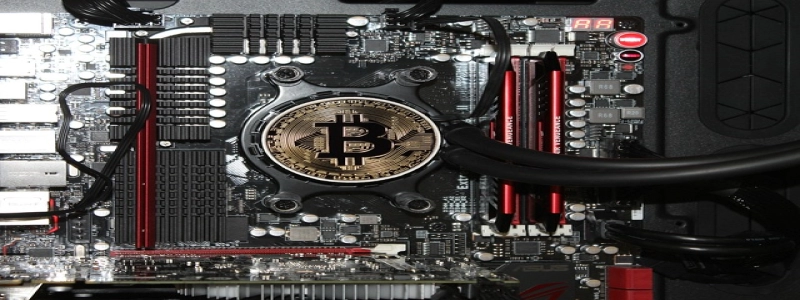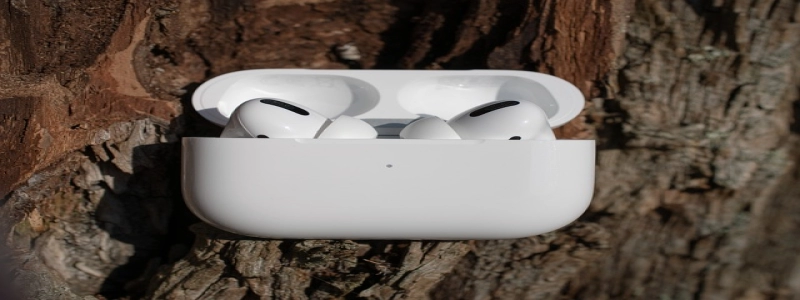[SFP Types]
مقدمة:
In the world of networking, Small Form-factor Pluggable (SFP) transceivers play a crucial role in the transmission of data over fiber optic cables. These hot-pluggable devices are used to connect network switches, routers, and other network equipment to fiber optic cables. SFP transceivers come in various types, each designed for different specifications and requirements. In this article, we will explore the different types of SFP transceivers and their applications in networking.
أنا. Standard SFP:
The standard SFP transceiver, also known as SFP 1G, is the most widely used type of SFP in networking. It supports data rates of up to 1.25 Gbps and is compatible with both single-mode and multi-mode fiber optic cables. Standard SFP transceivers are commonly used in local area networks (LANs) and data center applications.
ثانيا. SFP+:
SFP+ transceivers, also known as SFP 10G, are an enhanced version of standard SFP transceivers. They support higher data rates of up to 10 Gbps and are primarily used in high-speed network applications. SFP+ transceivers are commonly used for 10 Gigabit Ethernet, Fibre Channel, and InfiniBand applications. They are also backward compatible with standard SFP slots, allowing for flexibility in network deployments.
ثالثا. BiDi SFP:
BiDi (Bidirectional) SFP transceivers are unique in that they utilize a single fiber optic cable for both transmit and receive functions. Unlike traditional SFP transceivers that require separate fibers for transmission and reception, BiDi SFP transceivers use wavelength division multiplexing (WDM) technology to transmit and receive signals on the same fiber. This makes BiDi SFP transceivers suitable for applications where the availability of fiber optic cables is limited.
رابعا. CWDM and DWDM SFP:
CWDM (Coarse Wavelength Division Multiplexing) and DWDM (Dense Wavelength Division Multiplexing) SFP transceivers are designed for long-distance optical transmission. CWDM SFP transceivers support up to 18 different wavelengths, while DWDM SFP transceivers support up to 40 different wavelengths. These types of SFP transceivers are commonly used in metropolitan area networks (MANs) and wide area networks (WANs) to transmit data over long distances.
الخامس. Copper SFP:
While most SFP transceivers are designed to work with fiber optic cables, there are also copper SFP transceivers available. These transceivers use a copper interface instead of a fiber optic interface, allowing for the transmission of data over copper cabling. Copper SFP transceivers are ideal for short-distance applications where fiber optic cables are not feasible or cost-effective.
خاتمة:
SFP transceivers come in various types to cater to different networking requirements. Whether it’s for standard data transmission, high-speed networking, limited fiber availability, long-distance transmission, or the use of copper cabling, there is an SFP transceiver type available to meet the specific needs of any networking application.







